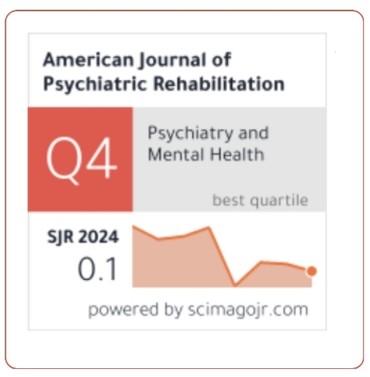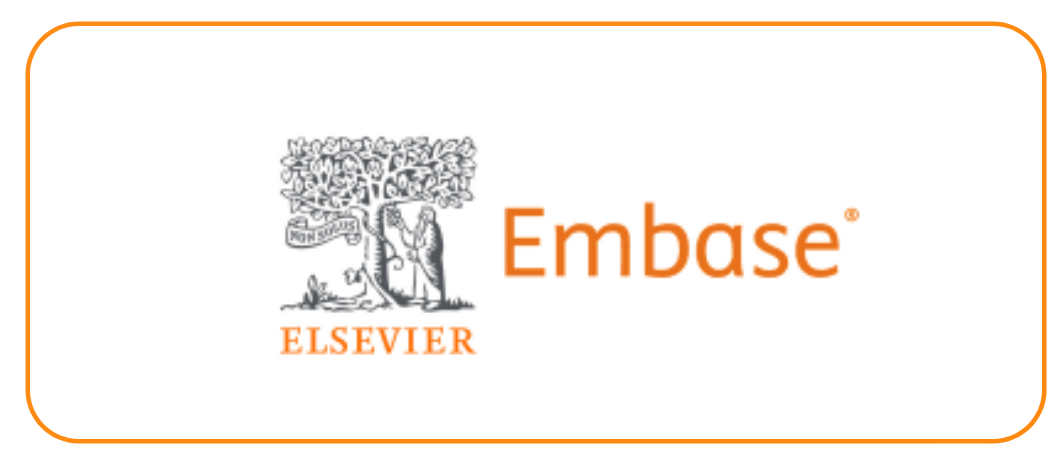The Biomechanical Advantage Of Key Anthropometric Variables On Aerobic Performance And Perceived Exertion In Adolescent Swimmers.
DOI:
https://doi.org/10.69980/ajpr.v28i1.666Keywords:
RPE-Rate of perceived exertion, VO2 max, modified BORG’S scale, elite adolescent swimmers, cormic indexAbstract
Background/Introduction: The differential training techniques and environment makes swimming an exclusive sport domain having predominant effects on biomechanical, physiological and biochemical parameters providing an apt area for dynamic research.
Objectives: To study the effect of anthropometric parameters on aerobic performance and perceived exertion in adolescent swimmers.
Methods: A pilot study, where 52 adolescent elite swimmers (21F and 32M) were assessed for anthropometric parameters like sitting height, leg length, waist to hip ratio, using standard procedures. Aerobic performance was assessed by analyzing VO2 max and blood lactate levels, modified Borg’s scale was used to assess the rate of perceived exertion. Pearsons correlation was used to study associations between anthromteric measurements and VO2 Max, blood lactate and perceived exeretion.
Results: VO2 max is negatively correlated (-0.03) with Cormic index.
Waist to hip ratio has a strong positive correlation (+0.74) with blood lactate levels.
Conclusions: Adolescents with longer limb lengths have a biomechanical edge over normal peers since they show a better oxygen utilizing capacity and increased aerobic performance, also factors such as increasing waist line and regional fat distribution have a predominant role in the swimmer’s ability to handle exertion.
In conclusion, identification of specific anthropometric variables with optimization of training can help in identifying talent and predict performance. Physical characteristics can be the basis for tailoring programs and strategies for swimming as an individual sport.
References
1. Casadei K, Kiel J. Anthropometric measurement. In: StatPearls [Internet]. Treasure Island (FL): StatPearls Publishing; 2024 Jan–. 2022 Sep 26 [cited 2025 Sep 11]. PMID: 30726000.
2. Hoehn AM, Mullenbach MJ, Fountaine CJ. Actual versus predicted cardiovascular demands in submaximal cycle ergometer testing. Int J Exerc Sci. 2015 Jan 1;8(1):4-10. PMID: 27182410; PMCID: PMC4831853.
3. Pinto RR, Karabulut M, Poton R, Polito MD. Acute resistance exercise with blood flow restriction in elderly hypertensive women: haemodynamic, rating of perceived exertion and blood lactate. Clin Physiol Funct Imaging. 2018 Jan;38(1):17-24.
4. Espada MC, Ferreira CC, Gamonales JM, Hernández-Beltrán V, Massini DA, Macedo AG, Almeida TAF, Castro EA, Pessôa Filho DM. Body composition relationship to performance, cardiorespiratory profile, and tether force in youth trained swimmers. Life. 2023;13(9):1806. https://doi.org/10.3390/life13091806
5. Borg G, Ljunggren G, Ceci R. The increase of perceived exertion, aches and pain in the legs, heart rate and blood lactate during exercise on a bicycle ergometer. Eur J Appl Physiol. 1985; 54:343-9. https://doi.org/10.1007/BF02337176
6. Khadilkar A, Ekbote V, Kajale N, Chiplonkar S, Prasad H, Agarwal S, Khadilkar V. Sitting height percentiles in 3–17-year-old Indian children: a multicentre study. Ann Hum Biol. 2019; 46(3):267-71. https://doi.org/10.1080/03014460.2019.1637936
7. Ghannadi S, Ghazalian F, Niyazi S, Hasannejad A, Shahi MH, Ordibehesht SA. The effect of eight weeks of respiratory muscle training on respiratory indices and performance in adolescent male swimmers: a randomized control trial.
8. Mavroudi M, Kabasakalis A, Petridou A, Mougios V. Blood lactate and maximal lactate accumulation rate at three sprint swimming distances in highly trained and elite swimmers. Sports. 2023 Apr 19;11(4):87.
9. Alam K, Kumar T, Jha K, Zabihullah M. Impact of body mass index and anthropometric measures on cardiorespiratory fitness in non-obese adult males: a cross-sectional observational study. Cureus. 2024 Dec 8;16(12):e75329.
doi: 10.7759/cureus.75329.
10. Carvajal-Tello N, Ortega JG, Caballero-Lozada AF, Devia-Quiñonez MJ, González-Calzada I, Rojas-Hernández D, et al. Effects of inspiratory muscle training on lung function parameters in swimmers: a systematic review and meta-analysis. Front Sports Act Living. 2024;6: 1429902.
doi: 10.3389/fspor.2024.1429902.
11. Zhu Y, Zhang W, Liu H, Song H. The structural relationship between achievement goal orientation and perceived performance among swimmers: a chain multiple mediation model. Front Psychol. 2025;16:1536743.
doi: 10.3389/fpsyg.2025.1536743
12. Ruiz-Navarro JJ, Santos CC, Born DP, et al. Factors relating to sprint swimming performance: a systematic review. Sports Med. 2025;55:899–922. doi: 10.1007/s40279-024-02172-4.
Downloads
Published
Issue
Section
License
Copyright (c) 2025 American Journal of Psychiatric Rehabilitation

This work is licensed under a Creative Commons Attribution 4.0 International License.
This is an Open Access article distributed under the terms of the Creative Commons Attribution 4.0 International License permitting all use, distribution, and reproduction in any medium, provided the work is properly cited.









